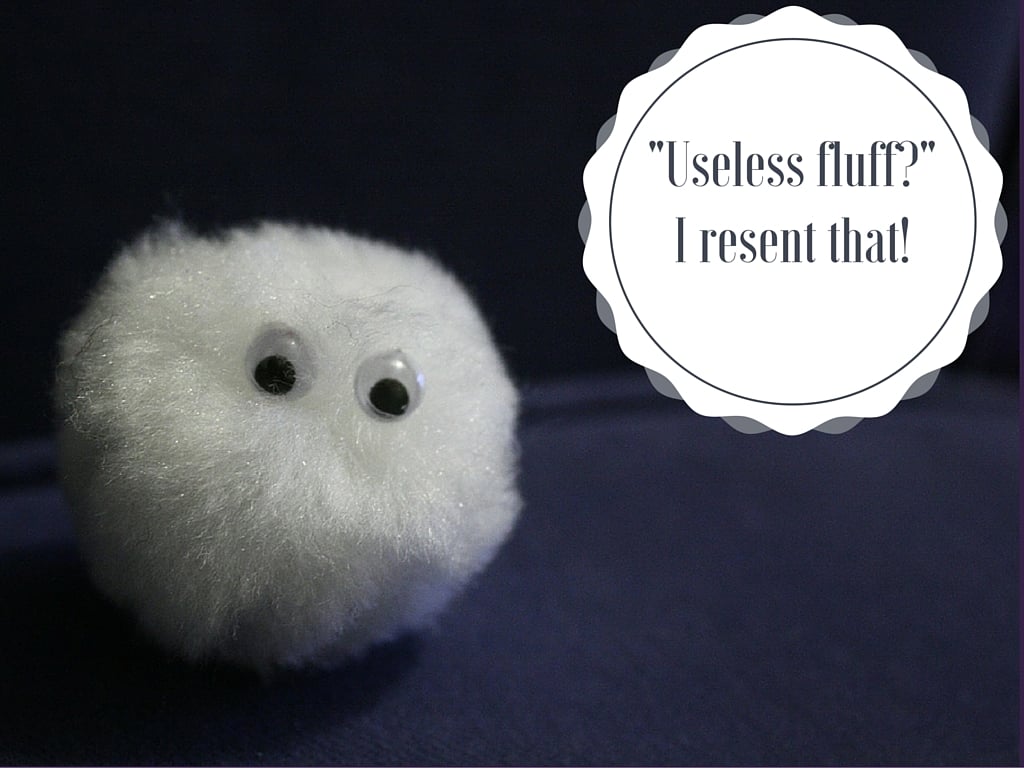It’s been a long night of frantic researching and writing, and as you check your word count for the fifth time in the past 10 minutes, you realize your required 2,000-word research paper is still only 1,162 words.
Gone are the days of trying (and likely failing) to make your paper look longer by changing margins, adding extra spaces, or bumping up font sizes. Your prof accepts only digital copies, so if you want a decent grade, you have to get to 2,000 words.
How do you make your paper longer without adding a bunch of useless fluff? Essay support to the rescue. Don’t just add words to meet length requirements. Add evidence to support your arguments (and actually make your paper better).

What Not to Do
If your prof is a stickler for word count and you have 1,996 out of a required 2,000 words, it won’t hurt to add a few words to your paper just to meet that magical number.
If you’re at 1,162 words and your paper needs to be at least 2,000 words, you’ll need to incorporate additional evidence to make your paper stronger. You cannot simply add words to make your paper longer. You’re just going to create a wordy, repetitive mess.
Here’s what I mean. Let’s say your original version looks like this:
Professor Chu’s comments support the idea that, if teens fail to get at least eight hours of sleep each night, they are jeopardizing their health. (25-word sentence)
In your desperate attempt to get to 2,000 words, let’s say you start adding words. Now your sentence looks like this:
The well-respected Professor Chu’s timely comments certainly support the important idea that, if the average teen fails to almost routinely get a least eight hours of good sleep each and every single night, he or she is possibly jeopardizing his or her health and well-being. (45-word sentence)
That revision adds a whopping 20 words! If you do that to a handful of sentences, you’ll meet word count in no time. This is a great idea, right?
Not so much.
You added 20 words that contribute nothing to your argument. They simply make your writing wordy and difficult to read. In terms of essay support, they don’t add any value.
Don’t make your paper longer by using filler words. Sure, these words make your paper longer, but they don’t make it better.
Word count reminder: Your professor won’t consider things like your name, the title of your paper, and the Works Cited or References page as part of the final word count of the assignment. When you hit “check word count,” make sure you take that into consideration and only count the words actually in your essay in the final word count.
Essay Support 101: How to Add Evidence to Support Your Arguments (and Meet Word Count)

If you’ve written a draft of your paper and you’re still coming up short, the best way to revise is to include evidence to support your arguments.
In most cases, you’ll be writing a paper that requires research, so use credible sources to add evidence in the form of paraphrases, summaries, and quotes.
Fabulous, but how do you decide what to include?
Here are a few suggestions.
Essay support option #1: Facts and statistics
Facts and statistics help make your writing credible. Use them to help readers see your argument clearly through the use of numbers.
For instance, say you write lots of people are hurt every year by dogs whose owners aren’t following leash laws. This may be true, but how many are “lots”?
Make your writing stronger by using sources.
Add statistics to your statement. Then it looks like this: Last year alone, two people were killed and fourteen were injured.
Suddenly readers can understand the significance of the problem. The use of facts and statistics puts things into perspective and creates a stronger argument.
Don’t forget: you’ve taken this statistic from a source, so you’ll need to cite accordingly, likely in either MLA or APA format. (Check out the resources at the end of this article for help with MLA and APA.)
Essay support option #2: Examples
Adding examples to your paper helps readers see your point because they can relate.
While statistics speak to readers on a logical level, it’s the example that can speak to them on an emotional level.
Here’s an example of an example!
If you include an example from a source about a six-year-old boy who was playing in the park and was mauled to death by a dog because the owner didn’t obey the leash law, suddenly, readers take interest. The empathy kicks in, and your argument is automatically much more compelling.
Learn more about adding ethos, pathos, and logos to your writing.
Again, don’t forget to cite your source!
Should I include personal examples?
Whether you include personal examples depends on the type of essay you’re writing and, of course, your assignment guidelines.
If you’re writing a narrative or opinion essay, then yes, by all means, include personal examples. That’s what these types of papers are about.
If you’re writing just about any other type of academic essay, avoid personal examples. Use examples from sources instead.
Essay support option #3: Expert opinion

If you’re reading articles about the importance of responsible pet ownership and leash laws, which article would you be more likely to believe: an article written by a random guy who owns a dog and says that leash laws aren’t really necessary or an article co-authored by a credible dog trainer and a respected veterinarian who argue the importance of leash laws?
While some random guy might make a few valid points, he’s not credible and isn’t a reliable source of information. Cite the article by the trainer and veterinarian instead.
Here’s an example of how to include expert opinions in your paper.
Your first draft might look like this: It’s important to keep dogs on a leash because even well-trained dogs can react unpredictably in new situations.
That’s a great statement, but if you add evidence from experts, your statement becomes more credible.
Your revision might paraphrase an article written by two experts and look like this: Davis and Carpenter explain that even normally well-behaved dogs could become scared by something like a bicycle, child, or another animal. If the dog is scared, it might not listen to the owner and end up harming a person simply out of fear.
See? This doesn’t just add useless wording to take up space. It adds credible evidence to make your writing stronger!
Feeling ambitious?
Why not interview a local expert about your topic and incorporate his or her comments into your paper?
One final time (I promise): Don’t forget to cite any information taken from a source.
Still struggling?
Read a few example essays to see how they use evidence as essay support:
- The Negative Effects of the Legalization of Surrogacy in Hong Kong
- Analysis of US Prisons
- The Benefits of Animal Rescue Groups and Shelters
Word Count Minimum Achieved!

With all that added evidence included in your paper, I bet you didn’t have any trouble meeting the minimum word count, did you?
Now that your draft is complete, it’s time to tie up a few loose ends and make sure your paper is ready to turn in.
If you’re using sources, you’ve paraphrased, summarized, and quoted. This means you need to cite appropriately. (Okay, so I lied. I’m reminding you again because it’s that important!)
Check out these resources for help with citation:
- How to Avoid Plagiarism in Your Essay Writing
- How to Write MLA Citations Without Going Crazy
- How to Write APA Citations in 4 Easy Steps
Need an editor to offer feedback on your final draft? Let us help!